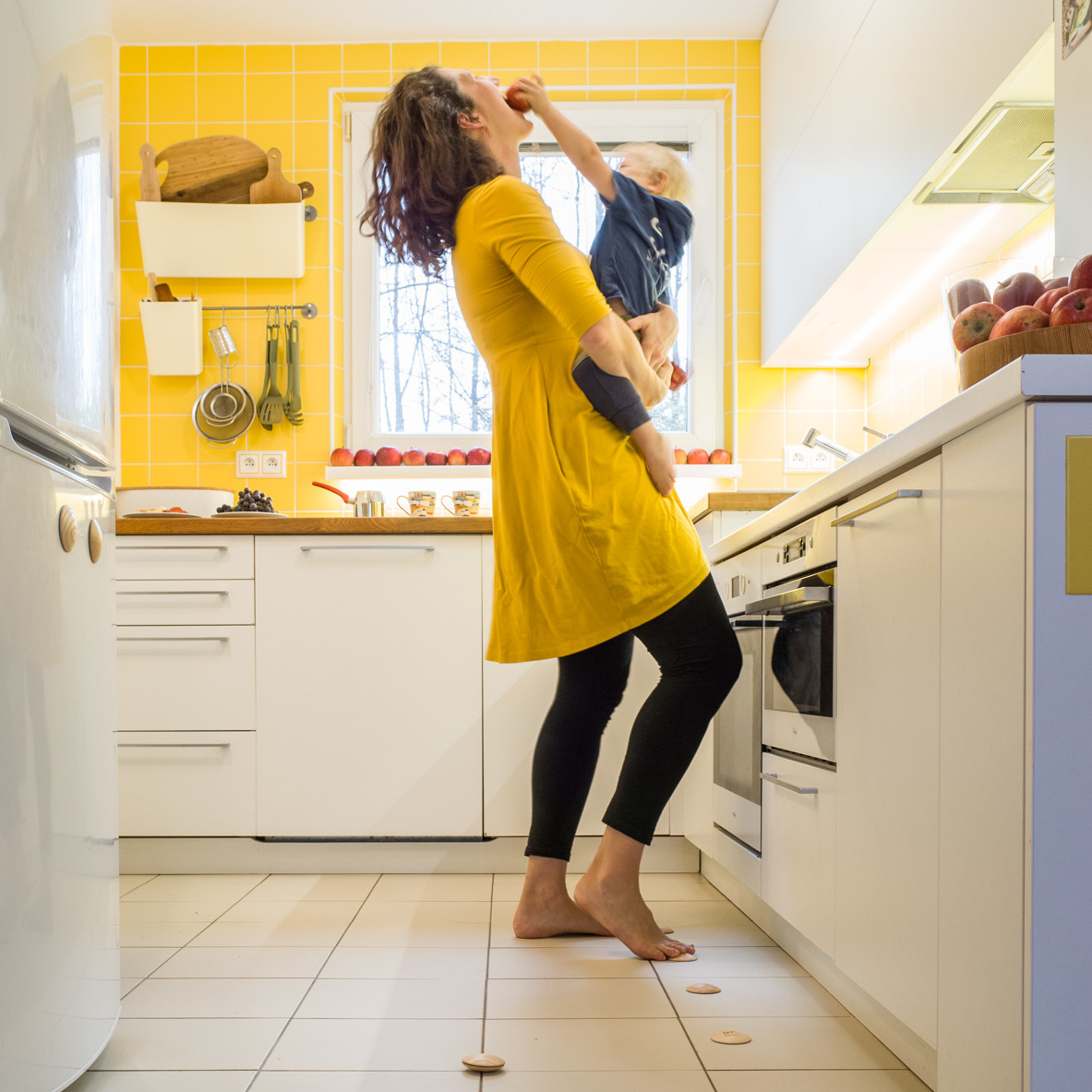Scientific
research

Walking barefoot and science
Science has been looking into walking barefoot for over 100 years. The use of footwear, which is not based on the shape of a human foot and does not allow the feet to work to their full extent, takes a toll, not only on the feet themselves but also on the rest of the body. A large meta-study examining research on walking barefoot points to a change in the shape and function of the feet, as well as overall changes in movement. You can find more about this topic with the links to the studies in the video: Is walking barefoot like walking barefoot?
Walking barefoot and healthy feet
Walking barefoot on stimulating surfaces is used worldwide as part of therapy for plantar problems. Ordinary surfaces of the natural environment offer a person a large number of stimuli, which force them to adjust their tread and engage even the last muscle in the foot. Proper engagement of the feet affects the overall movement and supports the involvement of muscles and strengthening the core – the centre of the body. In addition, a wealth of surface information flowing into the brain forces a person to experience a given moment and be truly present. You can learn more about this type of walking in the video: What is conscious / mindful walking?
Walking barefoot at home
For many people, the home interior is the last place where they are willing to take off their shoes. The foot gets freedom after a day’s imprisonment and is ready to move about freely. However, home floors are flat, hard, uninteresting and more especially, safe. Even though we take off our shoes, we are not forced to change the style of walking.
My doctoral research was devoted to indoor floor stimulation, in which I combined my enthusiasm for barefoot with scientific knowledge and design. In the study, I looked for a way to incorporate foot stimulation into a normal daily ritual. Creating a product that would aesthetically complement the home interior, offer unforced and pleasant stimulation of the feet and does not require extra time or energy for exercise. The result is DOTS domed discs, which with their clean design and execution complement each interior and make it a place for home rehabilitation of the feet, with no extra time and effort needed. You can read more about my dissertation on the blog: Interaction of human feet and stimulating wooden surfaces.







